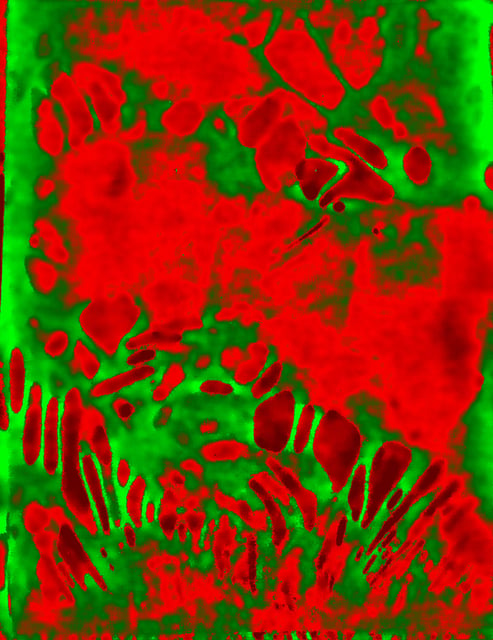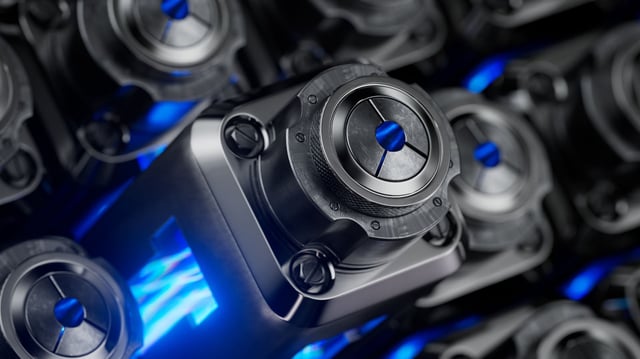Overview
- The HZB team published its findings in Advanced Energy Materials, marking the first operando neutron-tomography visualization of electrolyte distribution in lean-electrolyte Li–S pouch cells.
- During rest at open circuit voltage, operando images revealed local unwet regions forming within electrode layers, exposing challenges of incomplete wetting under lean-electrolyte conditions.
- Charge-discharge cycling triggered periodic “breath in” and “breath out” wetting behaviors that correlate with the dissolution and precipitation of sulfur compounds.
- Cycling promoted overall electrolyte homogeneity and enhanced sulfur activation, translating into improved battery capacity relative to resting phases.
- The study underscores neutron imaging at ILL in Grenoble as a powerful, non-destructive tool for optimizing the design and manufacturing of high-energy, long-lasting lithium-sulfur batteries.

